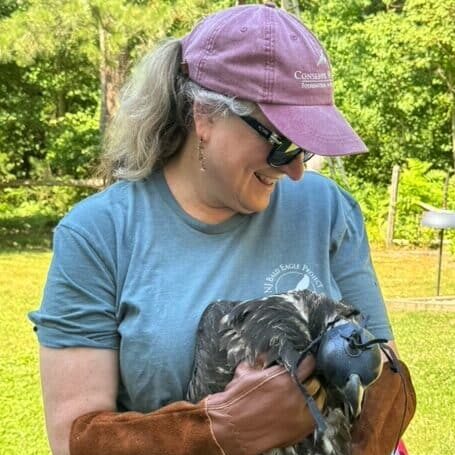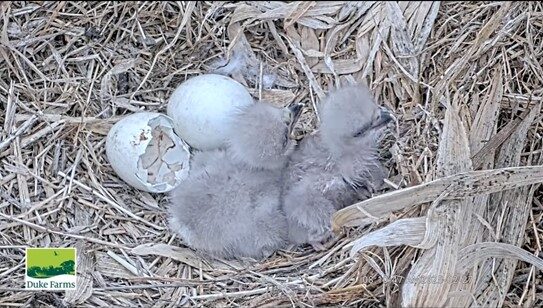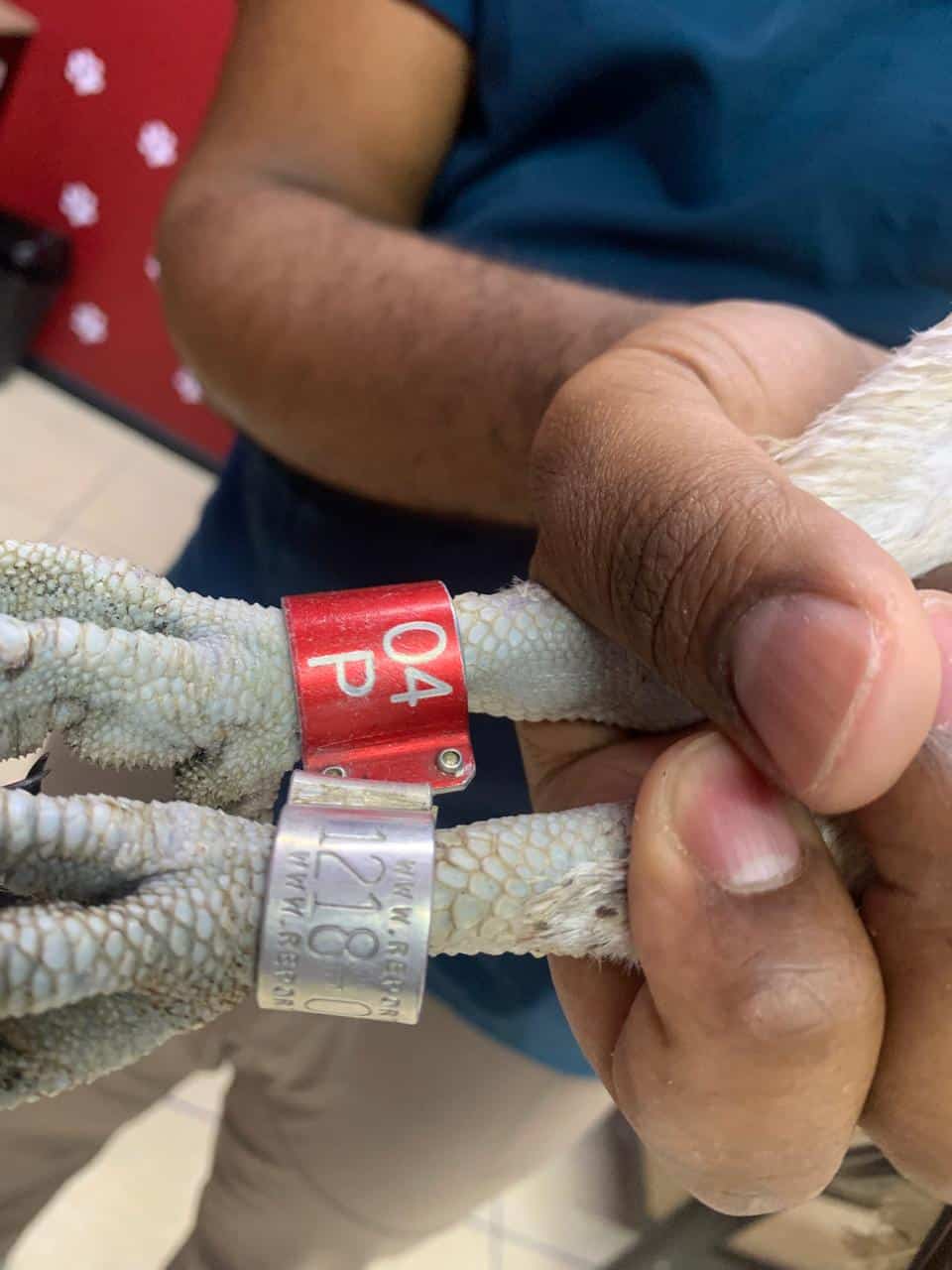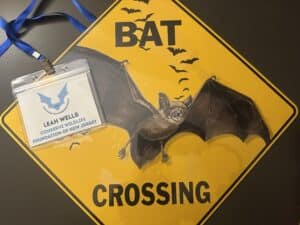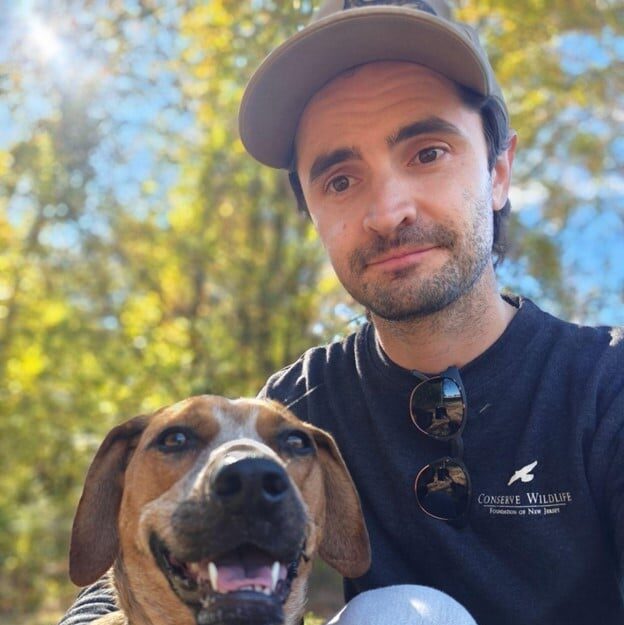CWF Welcomes Harrison Hepding to the Team
Harrison is thrilled to join the CWF team as the newest staff biologist and contribute to the plethora of wildlife work being done, including wildlife monitoring at Joint Base McGuire-Dix-Lakehurst in partnership with United States Fish and Wildlife Service New Jersey Field Office, bird surveys, rare turtle research, and other wildlife projects.
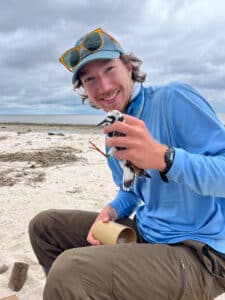
A lifelong resident of South Jersey, Harrison has always been drawn to the coast and the natural wonders of the area, inspiring him to eventually pursue a bachelor’s degree in Marine Biology from the University of Rhode Island. There he became a certified rescue and scientific diver, studying coral reefs firsthand in Bermuda. However, his career path unexpectedly shifted to wildlife biology after taking a field ornithology class, where his excitement and passion for birds and wildlife biology bloomed.
After graduating, Harrison pursued a variety of bird related seasonal work, starting as an intern at the Wetlands Institute, being involved in their coastal bird research program and conducting his own project investigating nest success and parameters of Saltmarsh and Seaside Sparrows. From there he worked as a Research Technician for Cellular Tracking Technologies, a wildlife telemetry company, and as a spring migration counter for the Cape May Bird Observatory. Harrison hit the road to Idaho afterwards to survey a threatened population of Yellow-billed Cuckoo as well as migratory shorebirds before joining CWF the next field season as a technician on the Delaware Bay American Oystercatcher Project.
A self proclaimed “bird nerd,” Harrison spends time outside of work birding and learning more about the world of birds. When he’s not in the field, Harrison enjoys getting in the water to surf, SCUBA, swim, or take a leisurely paddle. On more relaxed days he enjoys going to gym, cooking tasty food, and hunting for great restaurants and breweries.
